This page contains paid links (details here) as well as links to the official ReptiFiles store. Purchases made from these links help fund my reptile welfare research and educational efforts. Thank you for your support!
“Substrate” is another word for bedding. Blue tongue skinks often like to dig, so they require 4-6″ / 10-15cm of deep, soft, loose substrate. In a 12 sq ft (1.1 sq m) enclosure, that will take 120-180 quarts (or 114-170 liters) of substrate to accomplish.
But which kind of substrate you need depends on your type of skink! Tropical types require a substrate that can safely handle high moisture levels without getting moldy, while temperate and semi-arid types require a substrate that can perform when dry or lightly moistened.
Australian:
- Lugarti Natural Reptile Bedding
- Reptichip
- Semi-arid DIY mix: 60% organic topsoil + 40% play sand
Indonesian:
- Coconut fiber (Eco Earth / Plantation Soil)
- Reptichip
- Sphagnum moss
- Humid DIY mix: 40% plain topsoil + 40% coconut fiber + 20% play sand
Avoid:
- Aspen shavings
- Pine/cedar wood products (source)
- Carefresh rodent bedding
ReptiFiles doesn’t recommend using these products because they are either inadequate for meeting blue tongue skinks’ humidity needs or pose a significant health risk.
Bioactive for Blue Tongue Skinks:
Bioactive substrate can be used for both Australian and Indonesian type skinks, although I highly recommend it for keeping Indonesian species, as it helps A LOT with maintaining humidity.
While traditional housing depends on the keeper for maintenance, bioactive setups are more or less self-sustaining, miniature ecosystems. So a bioactive substrate needs more than just one or two components; it has layers. For example, a humid bioactive substrate might include untreated topsoil, cypress mulch, leaf litter, and moss over a drainage layer of gravel.
What makes this work is the “cleanup crew,” or bugs. They clean up uneaten food, fallen leaves, and fecal remains, making bioactive substrates incredibly low maintenance. All you need to do is wipe off the glass and remove large pieces of waste. Also, skinks **really** enjoy digging up the bugs and snacking on them, so they make excellent mental stimulation as well. Springtails and isopods (wood lice) make a good starter cleanup crew, but mealworms, superworms, and earthworms all make excellent additions.
However, you can’t have a functional bioactive setup without live plants, and since blue tongue skinks are strong and relatively heavy, they’ve become affectionately known as “bulldozers” — in other words, they tend to destroy any and all live plants planted in their enclosures. This is arguably the hardest part of maintaining a viable bioactive setup for a blue tongue skink!! In my experience, I have found that using large, thick-stemmed, durable, resilient plants is the key to success, which means that taller enclosures (or even open-top, if you can manage it) are going to be better for accommodating the kind of plants that can survive a blue tongue skink.
For a quick and easy way to set up a bioactive substrate for your blue tongue skink, check out The Bio Dude! It is possible to mix your own bioactive substrate, but creating a balanced substrate mix that will function properly for the next 10+ years is deceptively complex, so if you’re new to bioactive and/or you’re not willing to do the appropriate research to learn exactly how bio works, I strongly recommend protecting your investment with a proven kit.
- For Australian blue tongue skinks:
- Bio Dude Terra Sahara substrate kit x3
- Plant ideas: aloe, echeveria, haworthia, carex grass, spinifex grass
- For Indonesian blue tongue skinks:
- Bio Dude Terra Fauna substrate kit x3
- Plant ideas: dracaena, croton, philodendron, pothos, schefflera
Bioactive can be expensive to set up at first, and certainly has its own requirements for maintenance, but I promise you’ll save a lot of money over the long-term simply due to the fact that you won’t be replacing all of that substrate multiple times per year.
If you want to go bioactive, even with a kit, there’s still a lot you need to know about maintaining one. Here are some articles I’ve written on the topic to help you out:
- Bioactive Vivarium Maintenance 101
- I Added the Clean Up Crew to My Bioactive — Now What?
- What You Need to Know About Plant Lighting
- Biosecurity in Bioactivity — What is It? Why is it Important?
- How to Keep Desert Plants Alive in a Semi-Arid to Arid Vivarium
- Stagnation in Bioactive Setups: How it Happens & How to Prevent It
- Fungi in Bioactive Setups: Should You Be Worried?
- Do You Need to Water the Plants in Your Vivarium, or Is Misting Enough?
